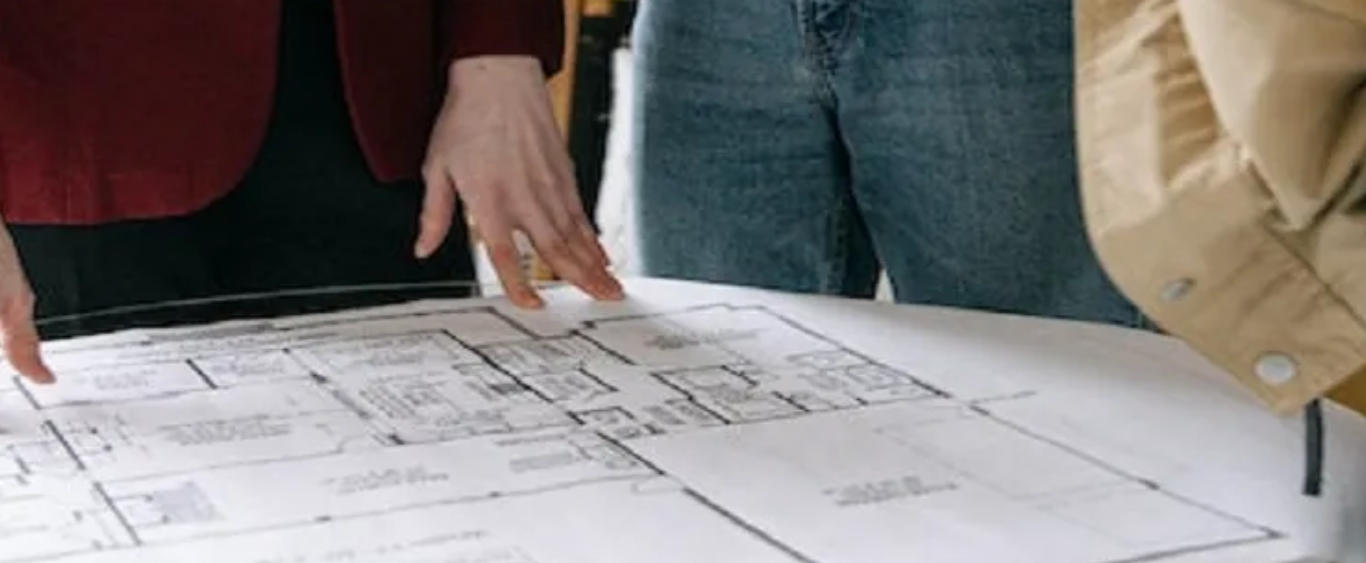It is no two ways that buying a house is an experience for a lifetime! Consequently, it is very important to be well educated about its financial and legal discipline to be able to make smart decisions.
Did you know that once your loan is approved and the processing begins, you would find a variety of hidden charges that you’d need to pay?
Most people who have availed a Home Loan are likely to be aware of the stamp duty charges. However, there is also something called as franking charges which is done to make a document legal. But, are they both the same? – No, they are not!
The main difference is that stamp duty is a type of tax that indicates that documents are official and legal, whereas, franking is a process that indicates any charges or taxes on those documents have been paid. To explain further, the documents are first prepared and then taken to a Bank, or franking centre. Once the stamp duty is paid, the centre marks the document to indicate that the stamp duty has been paid. This process is called franking. The documents are then signed after franking them.
So, while stamp duty is a tax that you pay, franking is the process pursued to stamp your papers.
The advantage with franking is that it can be done quickly, as soon as you pay the charges and stamp duty through cash or demand draft. At the same time, there are many cons too. For example- Franking agents and banks would ask you to pay the franking charges in cash for small amounts and pay order for bigger amounts.
Do check the franking charge in your state before you begin loan procedure so that the amount does not shock you.
You must also know that franking is available only for limited working hours and only during weekdays. Moreover, not all bank branches of an authorized bank have franking machines. You might need to inform the bank prior to the transaction, to ensure that you get the benefits of franking.
Recommended blogs







